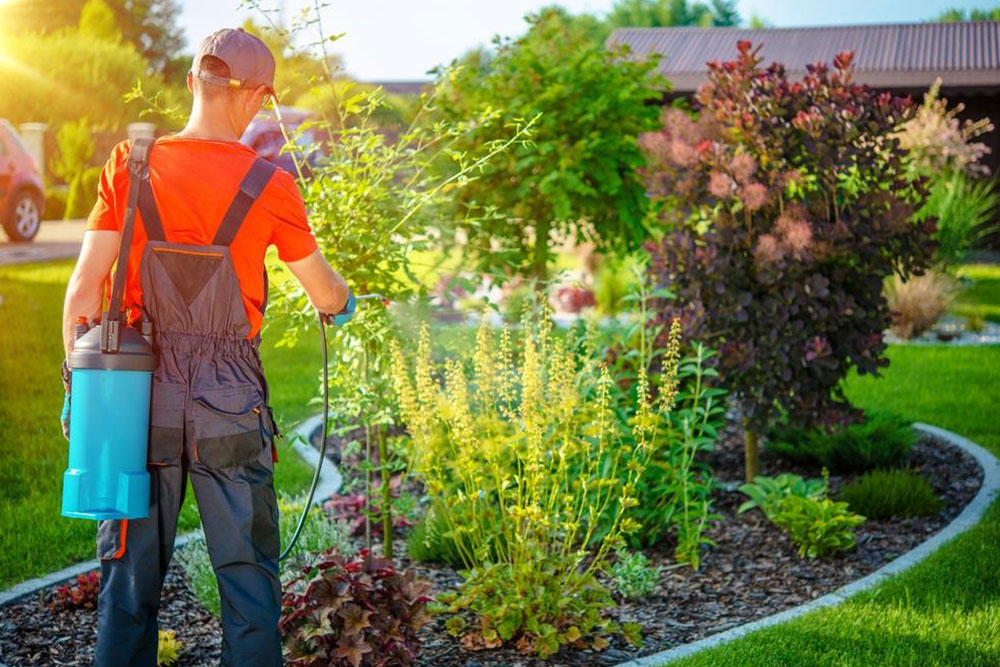How does Integrated Pest Management work
IPM (Integrated Pest Management), a.k.a. integrated pest control (IPC), refers to environmental-friendly economic management of pests. Like other pest control management approaches, IPM focuses on controlling the pests with the combination of natural and economic practices and principles. With the current, comprehensive information, IPM deals with the strategic methods to maintain and manage pest damage with limited toxic exposure and lesser impact on pests, the people, and the environment.
The IPM methodology is widely used in agricultural as well as urban areas.

With IPM one can never face any problem because of pests. For instance, crops won’t become unhealthy because of disease resistant being sprayed on them and neither will cracks appear in caulking due to insects entering building lines. The key strategy in IPM is to determine the fundamental issue, and treat it by protecting it from the pests as well as protecting them at the same time. The process has three benefits coming together at the same time “ monitoring, identifying and correcting. The monitoring process makes sure the environmental factors, whether the plant or the building can tolerate it or not. Identifying decides which pesticide to use according to the purpose and why the pests appear in the first place. Correcting is the process.
How IPM works
IPM programs combine management approaches with a greater effectiveness in a long-term method. Listed below are the three facets to IPM:
Biological control: This is mostly used for natural enemies, pathogens, parasites and competitors to protect from pests and control over further damages. Plant pathogens, nematodes, weeds, and Invertebrates have multiple natural enemies.
Cultural controls: This helps to break down pest establishment, dispersal, reproduction and survival. For example, when too much water is released, it causes the roots and weeds to get infected. Irrigation practices can control pest issues. IPM makes it a point to look after the environment circumstances with the right strategy for the pests and their ability to thrive.
Mechanical and physical controls: This destroy pests directly, blocks and keeps the environment free from the pests. For example, trapping the rodents. Physical controls include steam sterilization and weed management of the soil to keep the birds and insects at bay.
IPM pesticides are used only when it is needed and to make it even more effective, on a long-term basis, it is only certain chemical combinations that are used. They are applied with the objective of minimizes the risk of harming people, not targeting organisms, and not polluting the environment. IPM allows for quality work with numerous options without polluting the area.















